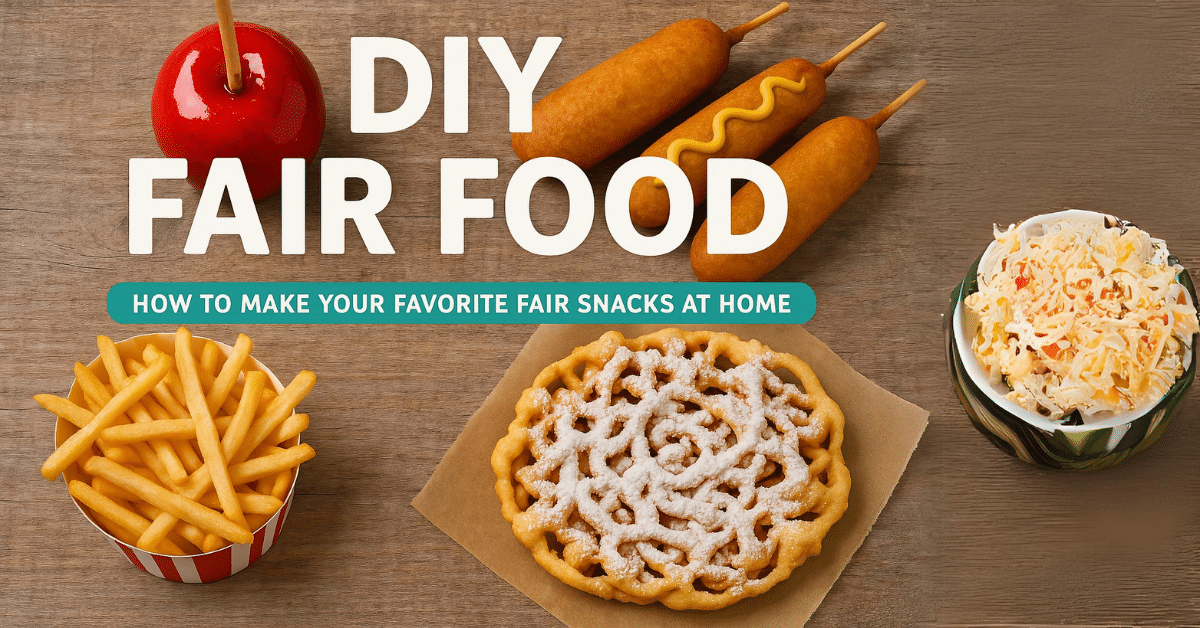The Best Food Stands to Try at a County Fair
There’s something about the county fair that brings everyone back to their childhood. The colorful lights, the music, the sound of laughter and most importantly, the mouthwatering scent of food floating through the air. For many fairgoers, food is more than a treatit’s a tradition. Best Food Stands at the County Fair to Try And with so many choices, knowing which food stands to try can turn a good day at the fair into a great one. Whether you’re craving something sweet, salty, smoky, or deep-fried, here’s your guide to the best food stands to seek out on your next visit to a county fair. Why Fair Food Stands Are a Must-Visit Food vendors are the heartbeat of any county fair. They offer more than just meals, they serve up memories. Local families, independent cooks, and traveling food trucks bring out their best recipes during fair season, hoping to win over new fans and maybe even a blue ribbon or two. The variety is unmatched. You’ll find nostalgic snacks, wild creations, regional delicacies, and dishes from around the world all made fresh, fast, and often served on a stick. And part of the fun is sampling as many as you can. Classic County Fair Favorites You can’t go to the fair and not grab these timeless snacks. They’ve stood the test of time for good reason. 1. Corn Dogs A golden-brown corn dog fresh from the fryer is a fairground staple. Served hot and crispy, it’s the perfect on-the-go bite while you explore the attractions. 2. Funnel Cakes Soft, crispy, and piled high with powdered sugar, funnel cakes are made to be messy and shared. Some stands offer variations with chocolate drizzle, fruit toppings, or even ice cream. 3. Kettle Corn The smell alone will lead you to this stand. Cooked in giant kettles, this salty-sweet popcorn combo is addictive and perfect for snacking while waiting in line for a ride. 4. Cotton Candy A cloud of spun sugar in pink or blue, cotton candy is light, nostalgic, and a hit with kids and adults alike. Regional Specialties Worth Finding County fairs often reflect the flavors of the local area. These foods might vary depending on where you are, but they’re always worth the hunt. Deep-Fried Delights Fairs are famous for deep-frying just about anything. Some of the most popular fried snacks include: Fried Oreos Deep-fried pickles Cheesecake bites Fried cookie dough Fried butter (yes, it’s real) While not the healthiest, they’re part of the experience so [...]








